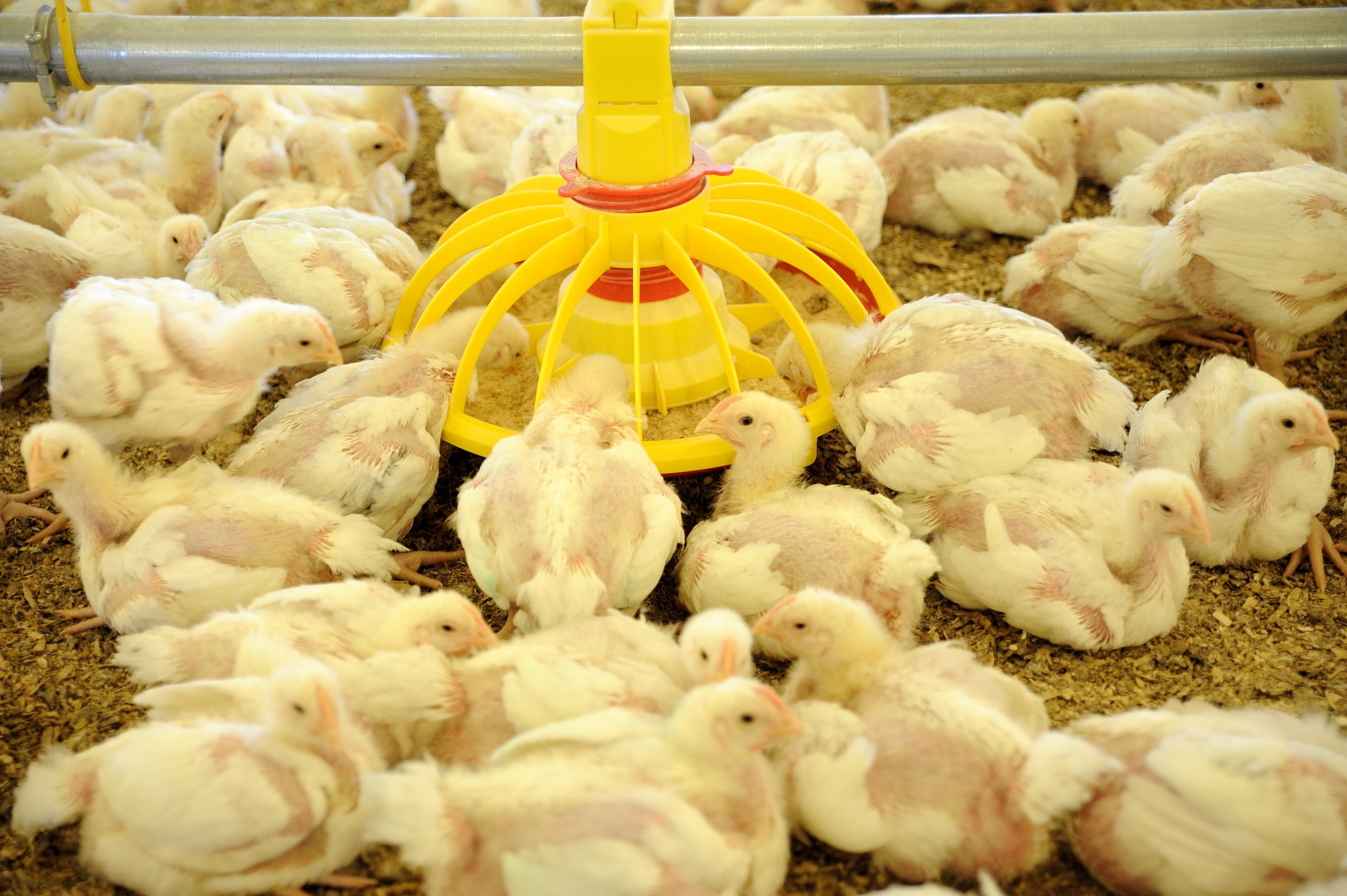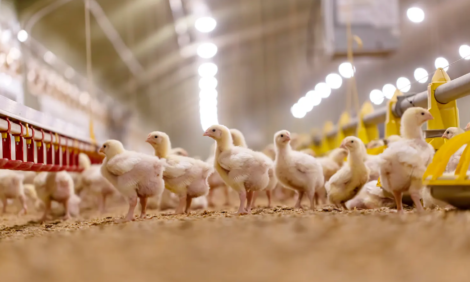



What's the value of increased feed spacing for broilers?
New study says space may be an important factor in weight gain and overall productivityPart of Series:
Next Article in Series >

According to a new Journal of Applied Poultry ResearchⓇ study led by scientists at Mississippi State University and the USDA-ARS Poultry Research Unit, increased feeder spacing can help growing broiler chickens get off to a good start—but these improvements don’t appear to translate to a better carcass yield.
The researchers found that increasing feeder space from 2.3 to either 4.6 or 6.9 cm per bird can improve body weight in the starter and grower phases. Increased spacing also led to greater body weight gain and feed consumption in the starter phase.
These promising gains didn’t last, however. The scientists found no significant differences in carcass weight or yield between the birds, and abdominal fat weights and yield dropping in the 4.6 cm/bird group, compared with the 2.3 cm/bird group.
“The data herein illustrates that feeder space allowance affects broiler performance, particularly in early life,” write study authors Purswell et al. “Expanded feeder space allowance during early life allows broilers to maximize productivity during this period, yet these effects appear to diminish in regards to BW [body weight] and may be detrimental to overall FCR [feed conversion rate].”
The study provides a critical update for the broiler industry. As the researchers point out, the majority of studies on feeder spacing were published more than 60 years ago—and these older studies were conducted with trough feeders, not the round feeders more common today, and the birds were primarily meal fed.
“Stocking density has been extensively studied in broiler chickens, and the literature updated regularly in response to customer concerns or changes in production models,” write study authors Purswell et al. “However, available feeder and drinker space data has been sporadically updated, with the majority of the available literature regarding feeder space allowance in broilers reported in the late 1950s and early 1960s.”
The new study addresses feeder spacing in a modern production setting. The researchers set up the experiment with 60 birds per pen and 8 pens pers treatment group. The researchers used 1,440 chickens total, and the chickens were tracked from day of hatch through to day 56. The chickens were given free access to feeders with a soy diet formulated to meet or exceed NRC (1994) recommendations. To control feeder spacing, the researchers used plastic panels to block off sections of the circular feeders. On day 56, five males from each pen were slaughtered and the researchers measured whole hot carcass and abdominal fat pad weight.
Because the gains in the starter phase didn’t carry through to the finishing phase, the researchers conclude that the common practice of supplemental feeding through chick starter pans may be enough to boost early productivity. To learn more, the researchers recommend further research on optimal expanded feeding space and duration during early life in commercial broilers.
What does this study mean for producers?
- The current feeder space allowance recommendations of 2.3 cm/bird should be enough to support broiler productivity, as long as birds are given increased feeder space or supplemental feeding in the starter phase.
- Spacing of 4.3 cm/bird was enough to increase productivity in the starter phase. Increasing spacing to 6.9 cm/bird did improve body weight in the starter phase, but 4.3 cm/bird led to a better feed conversion rate.
The full paper, titled “Effect of feeder space on live performance and processing yields of broiler chickens reared to 56 days of age,” can be found in Journal of Applied Poultry ResearchⓇ and online here.









